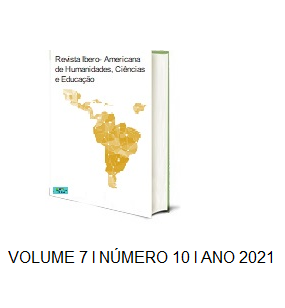SARAMPO
DOI:
https://doi.org/10.51891/rease.v7i10.2585Keywords:
Paramyxoviridae. Measles. Vaccination.Abstract
Measles is considered a highly contagious disease, caused by the virus of the Paramyxoviridae family, it was isolated in 1954, developing its vaccine only in 1963. Before the vaccine was available, infection caused by the measles virus affected a large part of the population during childhood , but 90% already had immunity at 15 years of age. Its transmission occurs through direct contact with the infected individual, earning the title among the communicable diseases, one of the most infectious. The main route of transmission is respiratory, contaminating by direct contact between two people and being disseminated by airway droplets. The virus survives for two hours in the air, increasing the likelihood of contamination through the nasal passages, mouth or direct contact with the eyes, thus causing infection. The only form of prevention is through the vaccine, with the most effective method being immunization with two doses having an efficacy of 97%. To achieve the proposed objectives, exploratory bibliographic research with a descriptive character was used as a methodological resource, based on documents extracted from virtual data Scientific Electronic Library Online (Sciello), academic Google and other scientific sites, to obtain articles, theses , monographs, dissertations and books involved in the proposed theme.
Downloads
Downloads
Published
How to Cite
Issue
Section
Categories
License
Atribuição CC BY

